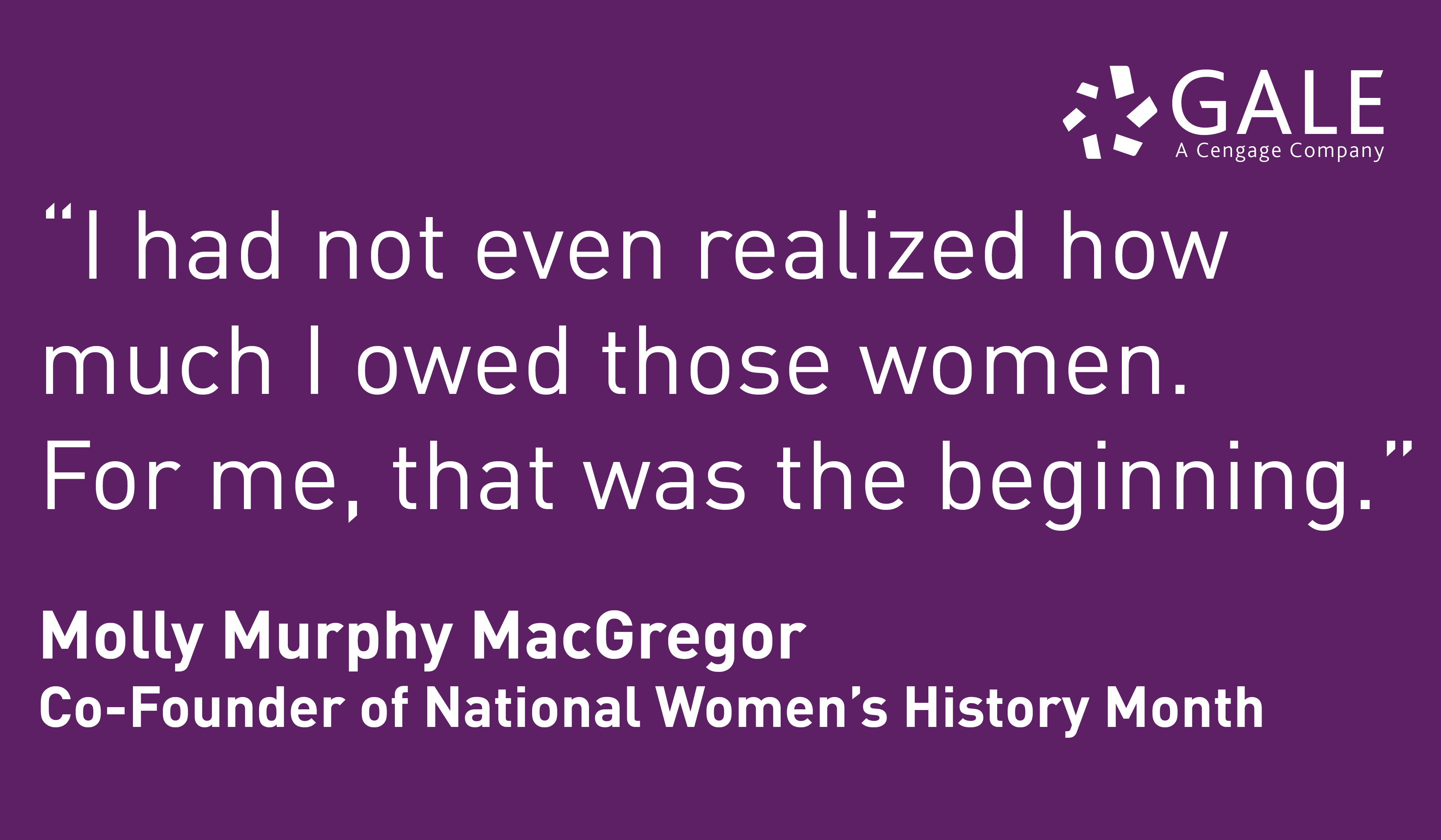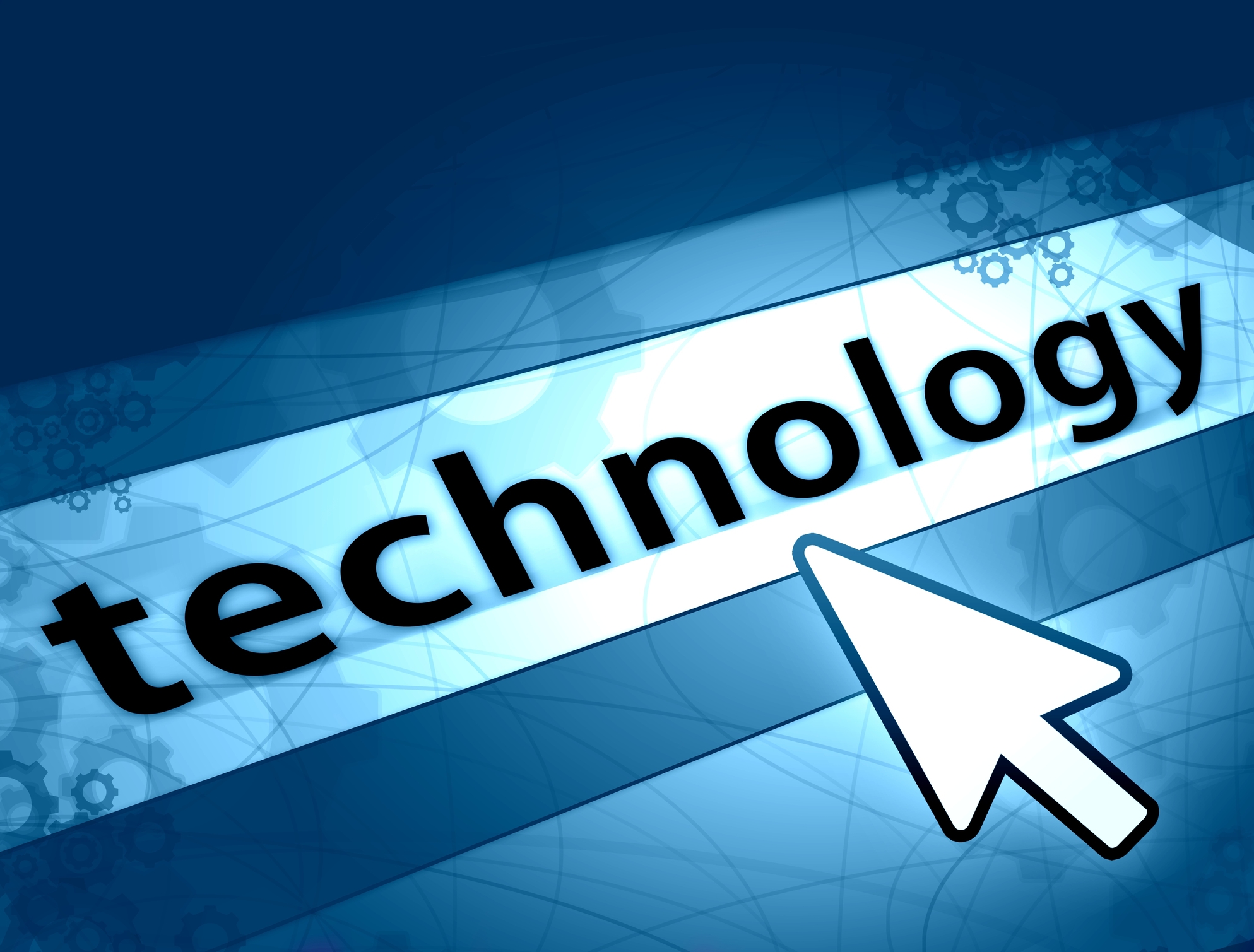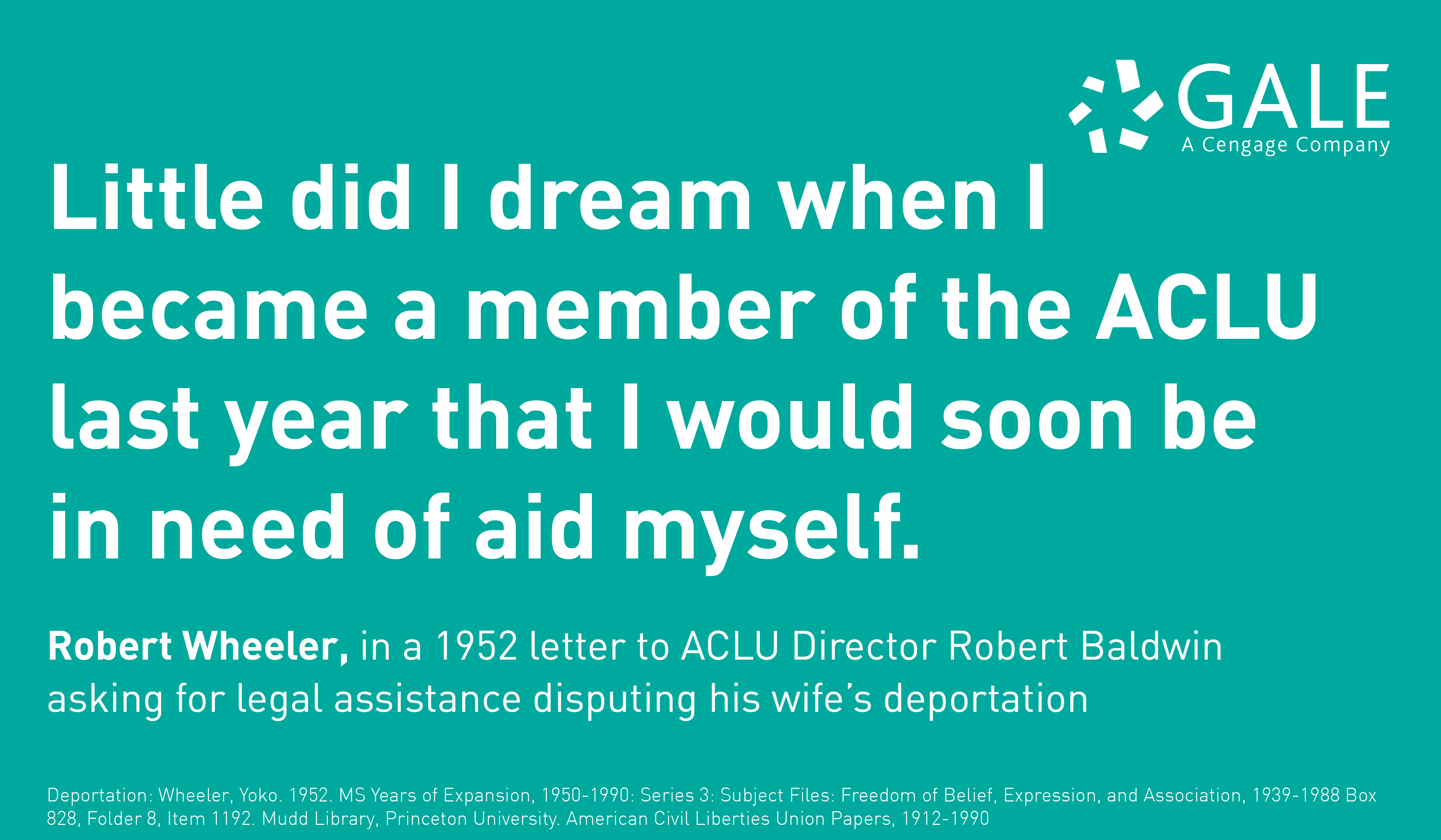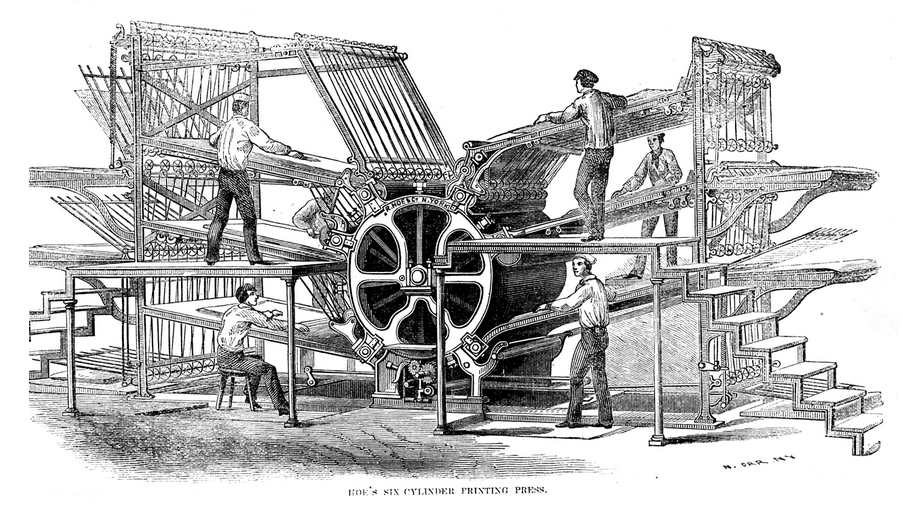By Scott Steward
Welcome back to the Gale Technical Solutions blog series!
This is part two in a two part series.
In my last issue (usage part l), I focused on Gale’s definition of the usage metrics we report and how they are counted. If you haven’t read it yet, you can find it here: http://blog.gale.com/raise-your-hand-if-you-want-to-know-more-about-usage/.
For this issue, I will be continuing my discussion about usage, focusing on the factors that affect usage such as discovery services, LMS, openURL and direct links.
Read moreRaise Your Hand If You Want to Know More About Usage, Part II










